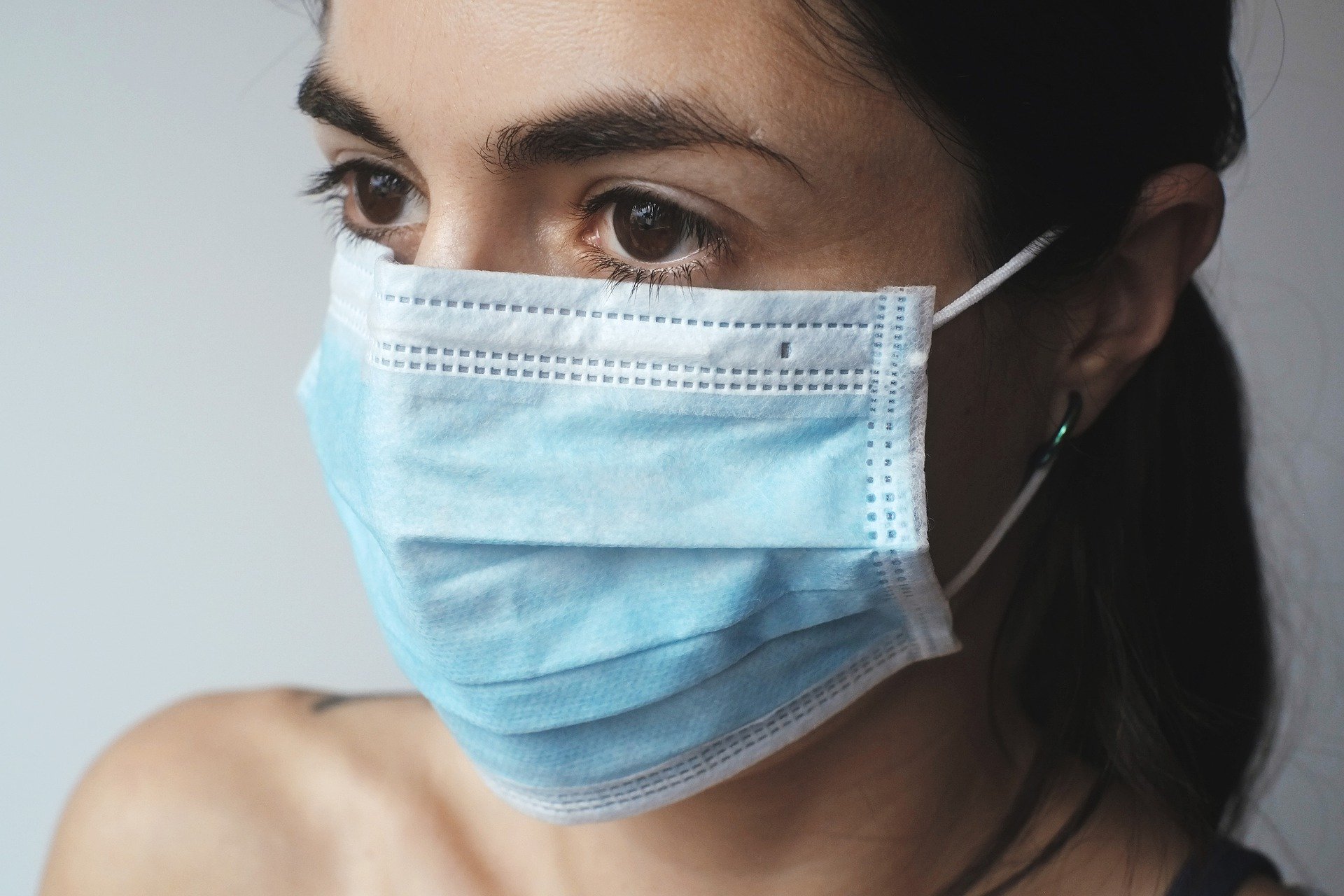In our fast-paced world, we are often bombarded with news and information, but it’s the hard data and statistics that allow us to see beyond the sensational headlines and grasp the real impact of an issue. One such pressing concern is tobacco smoking. As one of the leading causes of preventable death worldwide, understanding the effects of tobacco smoking is crucial for both individuals and society at large. In this article, we delve deep into the numbers to paint a clear picture of the far-reaching consequences of this habit.
The Staggering Numbers
- Deaths: According to the World Health Organization (WHO), tobacco kills up to half of its users, translating to more than 8 million people each year. Out of these, more than 7 million die as a result of direct tobacco use, while around 1.2 million are non-smokers subjected to second-hand smoke.
- Economic Impact: The global economy loses approximately $1.4 trillion annually due to tobacco-related diseases, accounting for both healthcare expenditures and lost productivity.
- Youth and Tobacco: Shockingly, over 25% of tobacco users worldwide are aged 13-15 years. Early initiation into smoking often leads to lifelong addiction, with grave health repercussions.
Health Effects: Beyond Lung Cancer
While most associate smoking with lung cancer, its effects are far more extensive:
- Cardiovascular Diseases: Smoking is a leading cause of heart disease and stroke, responsible for nearly half of all deaths from these conditions.
- Respiratory Diseases: Chronic obstructive pulmonary disease (COPD), emphysema, and chronic bronchitis are all linked to smoking. Smokers are 12-13 times more likely to die from COPD than non-smokers.
- Other Cancers: Besides lung cancer, smoking is also a significant risk factor for cancers of the mouth, throat, esophagus, pancreas, bladder, cervix, and kidney.
The Second-hand Smoke Menace
Exposure to second-hand smoke, or passive smoking, is a silent killer. It causes over 1.2 million deaths annually. Children exposed to passive smoke are at a higher risk of respiratory infections, sudden infant death syndrome, and developing asthma.
The Silver Lining: Quitting Works
The good news is that quitting smoking has immediate and long-term health benefits, regardless of age. Within 12 hours of quitting, the carbon monoxide level in the bloodstream drops to normal. A year after quitting, the risk of heart disease is about half that of a smoker’s.
Conclusion
The hard data and statistics on tobacco smoking are a wake-up call. The devastating health, economic, and societal impacts are undeniable. However, with awareness, supportive policies, and personal determination, we can combat this global health menace. Whether you’re a smoker or a concerned loved one, understanding these statistics is the first step towards a smoke-free world.




